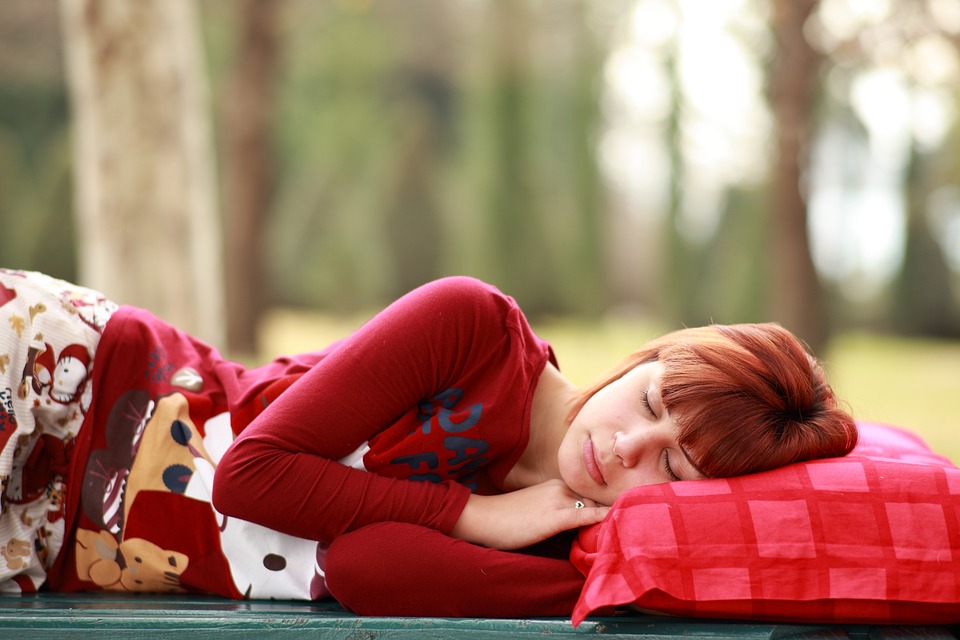From Sleepwalking to REM Sleep Behavior Disorder: Unmasking Parasomnias
Sleep is an essential part of our daily lives, providing much-needed rest and rejuvenation for our bodies and minds. However, for some individuals, the peaceful world of sleep is disrupted by a group of intriguing and often misunderstood sleep disorders known as parasomnias.
A parasomnia is a term used to describe various abnormal behaviors that occur during sleep. These behaviors can range from seemingly benign actions like sleep talking or sleepwalking to more complex and potentially dangerous behaviors such as REM (Rapid Eye Movement) Sleep Behavior Disorder (RBD).
One of the most widely recognized parasomnias is sleepwalking or somnambulism. Sleepwalking occurs when a person performs activities while still asleep. These activities can be as innocuous as sitting up in bed, walking around the room, or even leaving the house. Sleepwalkers often have blank expressions, glassy eyes, and exhibit a diminished awareness of their surroundings. It is estimated that sleepwalking occurs in around 10% to 15% of the population, with most cases occurring in childhood.
Sleepwalking episodes typically happen during the deepest stages of non-REM (NREM) sleep, particularly during slow-wave sleep (SWS). The exact causes of sleepwalking are not fully understood, but they are believed to include genetic factors, sleep deprivation, stress, and certain medications and medical conditions. While most sleepwalking episodes are harmless, they can occasionally lead to injuries if the sleepwalker interacts with objects or encounters hazards.
Another less well-known parasomnia is REM Sleep Behavior Disorder (RBD). Unlike sleepwalking, RBD occurs during the REM stage of sleep when vivid dreams occur. Normally, the body enters a state of temporary paralysis during REM sleep, known as REM atonia, to prevent the enactment of dreams. However, individuals with RBD do not experience this muscle paralysis, resulting in the person physically acting out their dreams. These actions can be violent, including kicking, punching, jumping, or even shouting.
RBD is not as common as sleepwalking, affecting around 0.5% to 1% of the population, and it is most frequently diagnosed in men over the age of 50. Research has shown that RBD is often associated with neurodegenerative diseases such as Parkinson’s disease and multiple system atrophy. It is believed that RBD may serve as an early warning sign of these conditions, sometimes appearing years or even decades before other neurological symptoms emerge.
Diagnosing parasomnias can be challenging as they often occur during sleep and the person affected may not be aware of their behaviors. Medical professionals rely on a combination of patient history, sleep studies, and sometimes video monitoring to make a definitive diagnosis.
Treatment for parasomnias varies depending on the specific condition and the severity of symptoms. For sleepwalkers, ensuring a safe sleeping environment (such as locking doors and windows) and establishing regular sleep patterns can minimize episodes. In some cases, medications may be prescribed to help control sleepwalking. In the case of RBD, medication such as clonazepam can help suppress the violent behaviors associated with the disorder.
Parasomnias can be disruptive to both the individual experiencing them and their sleeping partners. Understanding these sleep disorders and seeking appropriate medical assistance can greatly improve the quality of life for those affected. If you or someone you know experiences unusual sleep behaviors, it is crucial to consult a healthcare professional for a proper evaluation and guidance on managing these parasomnias.

